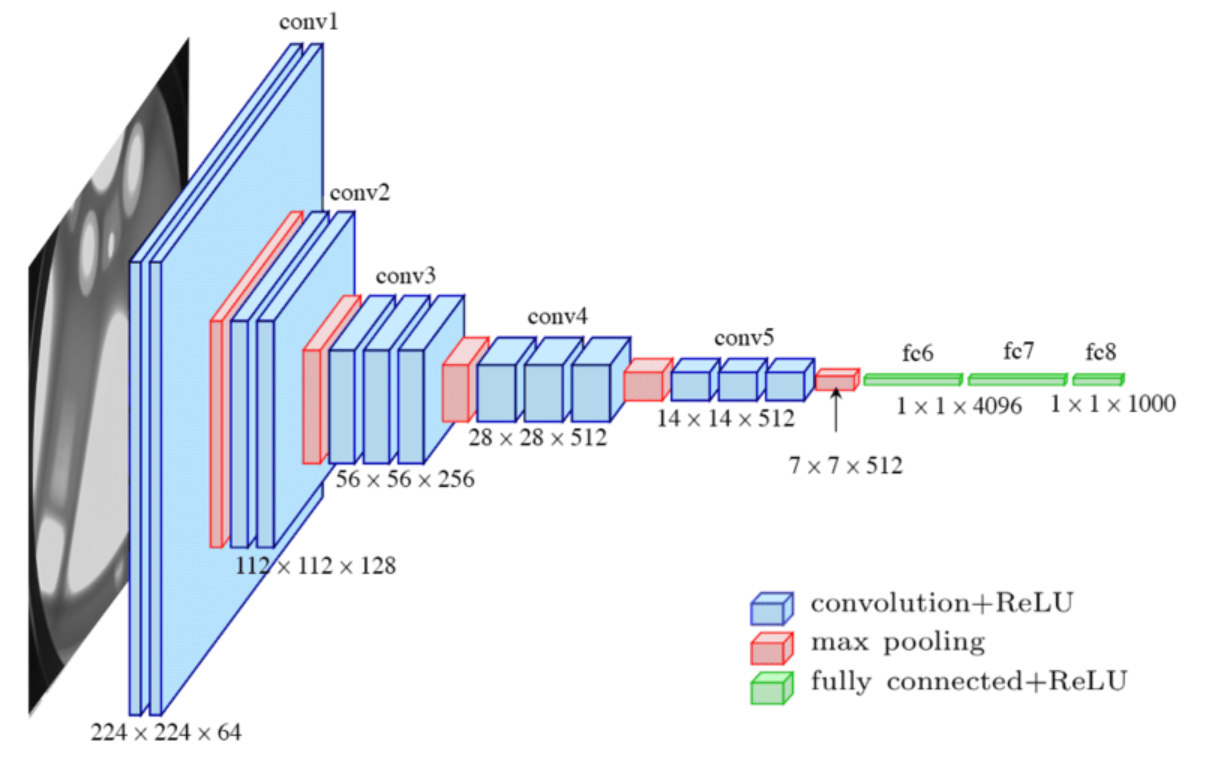Summary: Understanding a Layer in Convolutional Neural Networks

In this blog post, we will dive into the details of one layer in Convolutional Neural Networks (CNNs). CNNs are widely used for image classification and recognition tasks, and understanding the layers is crucial to comprehend their functioning. The content is based on a speech that explains the intricacies of a single layer in a CNN. Let’s summarize the key points discussed.
Layer Overview
- CNNs consist of multiple layers that perform specific operations on input data.
- Each layer in a CNN has a unique purpose and contributes to the overall feature extraction process.
Convolutional Layer
- The convolutional layer is a fundamental component of a CNN.
- It applies a set of filters or kernels to the input image, scanning it across all possible positions.
- Each filter detects different features or patterns in the image, such as edges or textures.
- The filters’ weights are learned through training to optimize the network’s performance.
- The output of a convolutional layer is called a feature map or activation map.
Convolution Operation
- The convolution operation involves multiplying the filter values with the corresponding input image pixels and summing them up.
- This process is performed at every spatial location, producing a single value in the output feature map.
- The filter is systematically moved across the image, applying the same operation to generate the entire feature map.
Stride and Padding
- The stride determines the number of pixels the filter shifts after each convolution operation.
- A larger stride results in smaller output feature maps, while a smaller stride preserves more spatial information.
- Padding can be added to the input image to preserve its size during convolution.
- It helps avoid losing valuable edge information at the image borders.
Activation Function
- After convolution, an activation function is applied element-wise to the feature map.
- The activation function introduces non-linearity, enabling the network to learn complex patterns.
- Common activation functions include ReLU (Rectified Linear Unit), sigmoid, and tanh.
Pooling Layer
- Following the activation function, a pooling layer is often added to downsample the feature map.
- Pooling reduces the spatial dimensions, retaining the most important information.
- Max pooling and average pooling are commonly used, selecting the maximum or average value within a pooling window.
Conclusion
Understanding the layers of a CNN is crucial to comprehend how it extracts features from input images. The convolutional layer plays a vital role in detecting patterns and generating feature maps, which are further processed by activation and pooling layers. Stay tuned for more blogs exploring other components of CNNs.